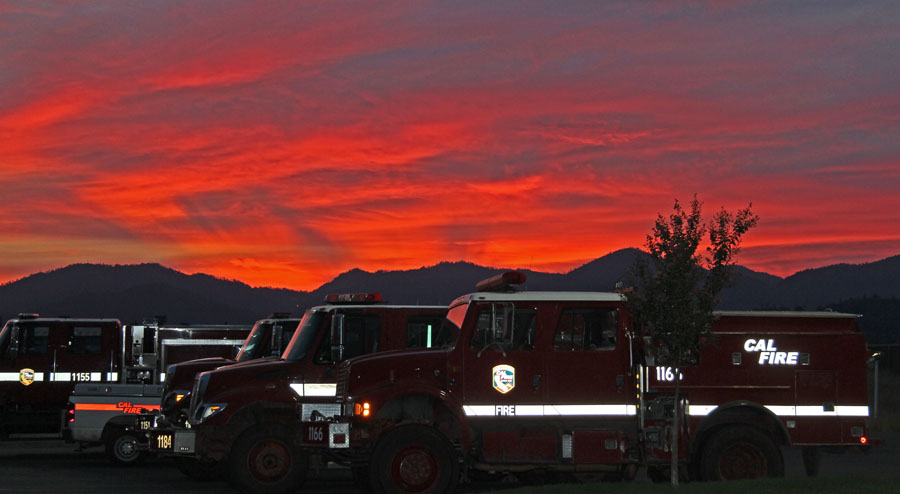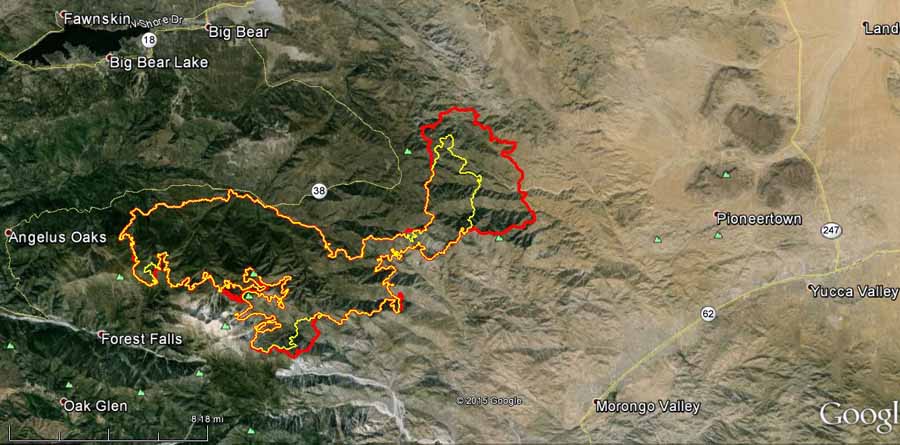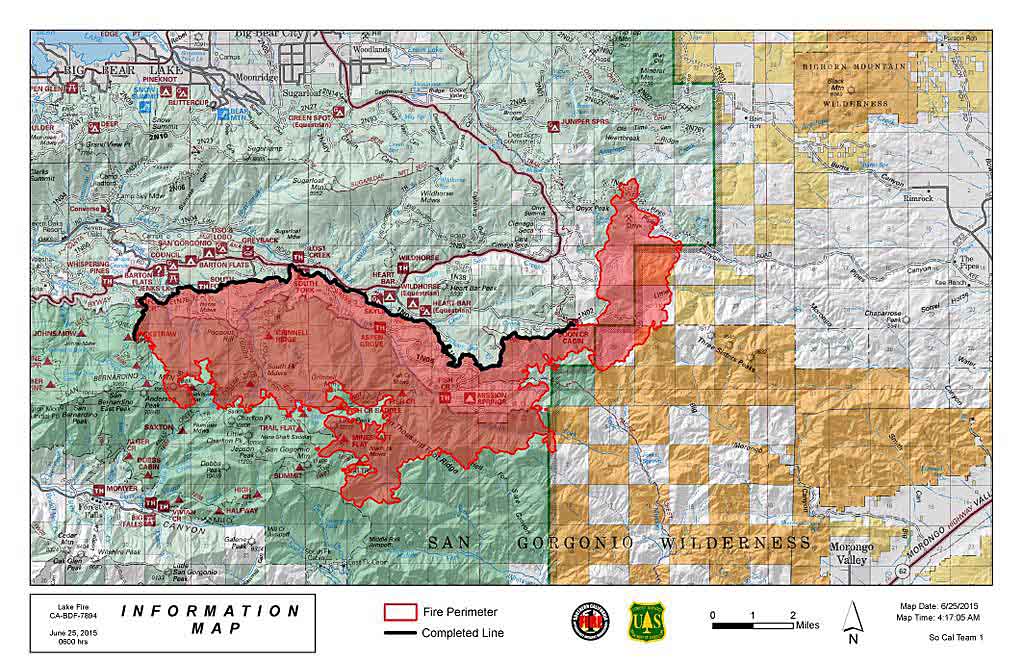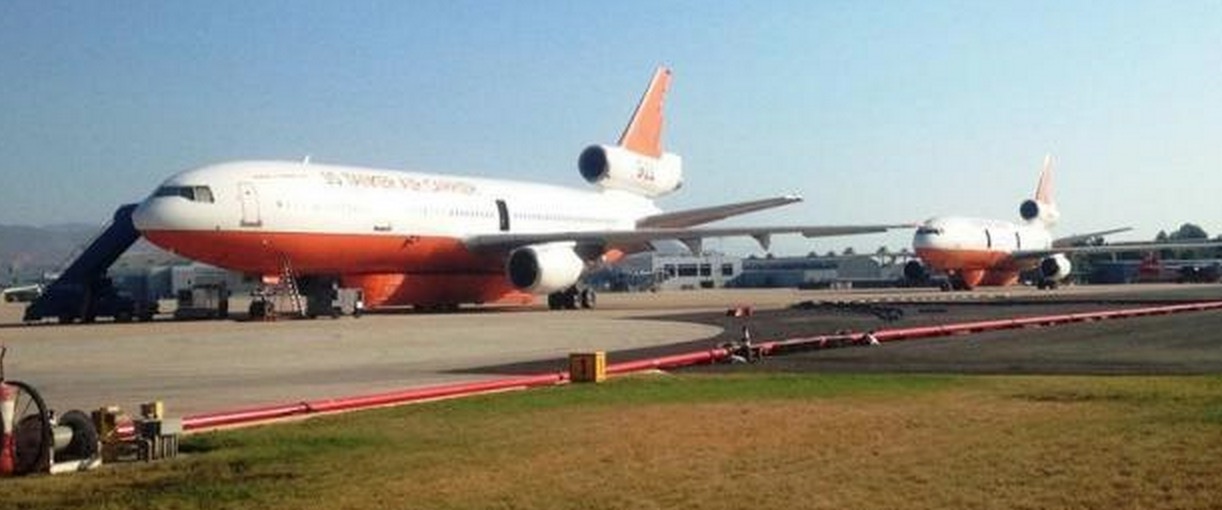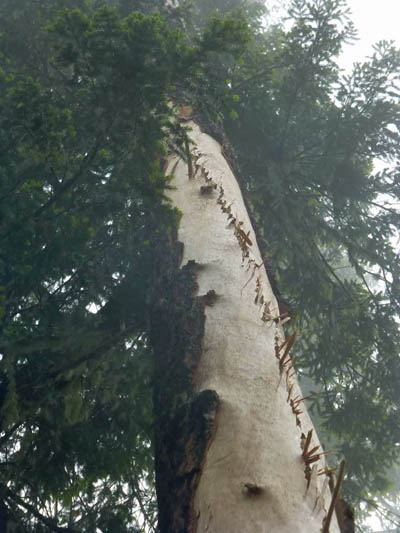Tony Shafer and Shea Broussard have developed a fire simulator or model they say can predict the spread of a brush fire. With their “FlameMapper” program they have focused primarily on the Santa Monica Mountains of southern California.
Below is an excerpt from an article in the Malibu Times:
…Shafer, who retired after 43 years with the Los Angeles County Fire Department, has two master’s degrees and is a longtime Malibu resident. He has extensively studied the wildfires of the Santa Monica Mountains from 1900 to today.
“Virtually every stick between the 101 and the Pacific Ocean has burned at least once or twice in the last 50 years,” Shafer said. “Some areas have burned six or seven times.”
Local wildfires tend to start at or near the 101 Freeway and strong Santa Ana wind conditions drive the flames toward the coast. FlameMapper software incorporates data from the burn paths of every major wildfire in the last 115 years, including many variables, and is now able to simulate the probable paths and speed a fire could take, based on location, wind, humidity, etc.
In detailed studies of the most common paths that fires have taken through the mountains over the years, Shafer noticed something interesting. “I noticed that oak trees next to a structure protected that structure,” he said.
He began building computer simulations of oak tree plantings at various areas on fire paths. The results showed that “the spread of the fire is vastly reduced by oak trees that have the understory (flammable plants growing underneath the tree) removed.”
Shafer noticed while running simulations of past fires that came down Malibu Canyon that there is a narrow “choke point” or “corridor” near Piuma and Malibu Canyon roads that a fire beginning at the 101 has to get through in order to make it all the way into Malibu. He feels that if oak trees were planted at that particular site, it would stop fires on that route from getting into Malibu…

